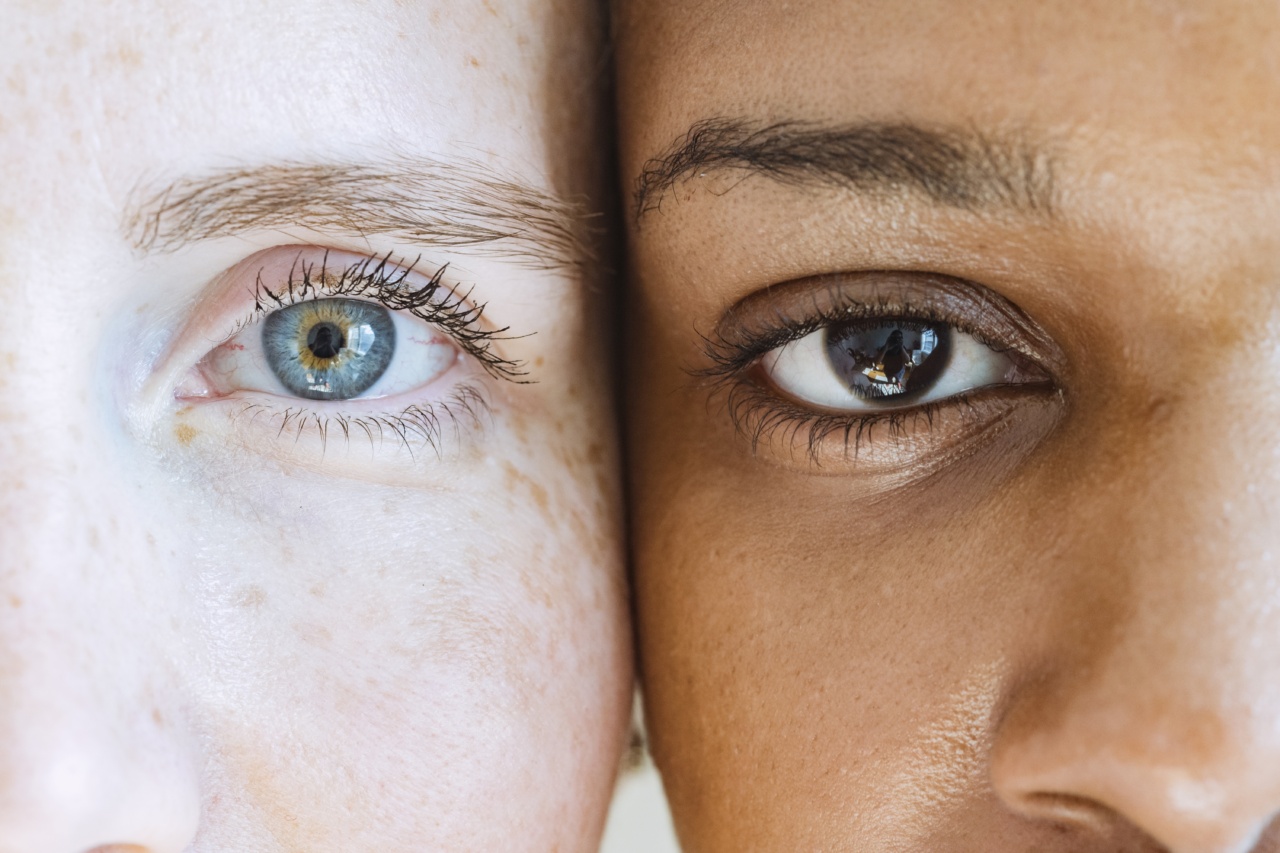The concept of the ‘bad’ is often intriguing and captivating, despite its negative connotations.
There is a certain allure associated with characters considered to be ‘bad’ that draws us in, leaving us curious and wanting to explore their motivations and actions. From literature to film and even in our everyday lives, the charm of the ‘bad’ is an enigma worth unraveling.
What makes a character ‘bad’?
‘Bad’ characters are often characterized by their moral ambiguity, unconventional behavior, or disregard for societal norms.
They challenge our perceptions of right and wrong, and often exhibit a complexity that leaves room for interpretation. Whether it is an antihero in a novel or a villain in a movie, these characters possess qualities that make them intriguing and memorable.
The allure of rebellion
One of the main reasons why the ‘bad’ holds such fascination is its association with rebellion. It is human nature to be drawn to those who defy the norms and question authority.
Characters that embody this rebellious spirit, such as outlaws, revolutionaries, or renegades, captivate us with their ability to go against the grain and challenge the status quo.
Exploring complexity
The ‘bad’ often represents a complex blend of qualities that defy simplistic categorization. They may possess redeeming qualities that humanize them or have a tragic backstory that evokes empathy.
It is this complexity that makes them relatable and allows us to explore the gray areas of human nature. By delving into their psyche and examining their motivations, we gain a deeper understanding of the intricacies of human behavior.
The thrill of unpredictability
One of the reasons we are drawn to the ‘bad’ is the element of unpredictability they bring to the story. They challenge our expectations and keep us on the edge of our seats, never knowing what they will do next.
This unpredictability evokes a sense of thrill and excitement, making their actions all the more captivating.
The mask of confidence
‘Bad’ characters often exude a level of confidence and self-assuredness that is both fascinating and attractive. They are unafraid to take risks or challenge societal norms, which can be an appealing quality.
This confidence can be contagious, drawing us into their world and making us question our own inhibitions.
Symbolic representations
In many cases, the ‘bad’ serves as a symbolic representation of societal fears or desires. They embody our collective subconscious and allow us to explore complex themes in a more tangible way.
By engaging with these characters, we are able to confront our own fears and desires, providing us with both entertainment and a deeper understanding of ourselves.
The moral ambiguity dilemma
The charm of the ‘bad’ also lies in the moral ambiguity they present. They force us to question our own values and beliefs, blurring the lines between right and wrong.
This internal conflict adds depth to the story and sparks ongoing debates among fans and critics alike.
Breaking free from conventions
Characters that embody the ‘bad’ often defy societal conventions and expectations, empowering us to break free from our own limitations. They encourage us to question the established norms and explore different perspectives.
By challenging the status quo, they pave the way for personal growth and inspire change.
Appreciating the ‘bad’ in real life
The allure of the ‘bad’ extends beyond fiction and permeates our everyday lives as well.
We are inherently drawn to individuals who embody qualities that challenge the norm, such as rebellious artists, unconventional thinkers, or eccentric personalities. These individuals often inspire us and push us to question the boundaries of what is possible.
The power of redemption
Lastly, a significant aspect of the charm of the ‘bad’ is the potential for redemption. Many stories revolve around characters that start off as ‘bad’ but undergo a transformative journey towards redemption.
This narrative arc allows us to believe in second chances and the possibility of growth and change. It offers hope and reminds us that even the most flawed individuals have the capacity for redemption.






























